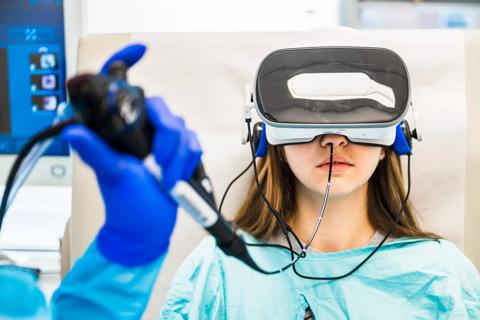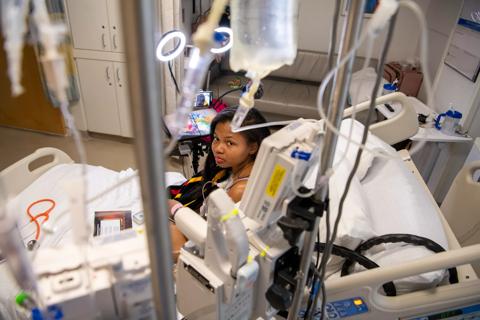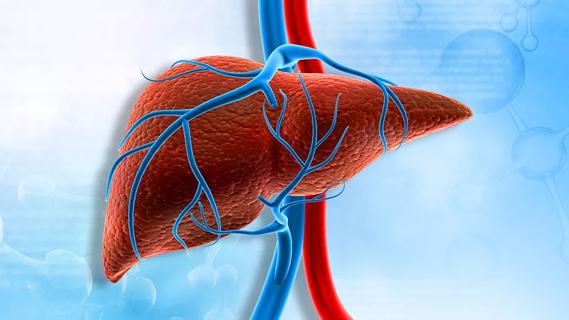Individualized approach guides diagnostic study

Jeffrey Donohoe, MD; and Audrey Rhee, MD
Cleveland Clinic is a non-profit academic medical center. Advertising on our site helps support our mission. We do not endorse non-Cleveland Clinic products or services. Policy
The past 12 years have seen several paradigm shifts in the management of children with febrile urinary tract infections (UTI) and vesicoureteral reflux (VUR), including but not limited to:
Historically, children with febrile UTIs underwent a VCUG to determine if they had VUR. The purpose of this practice was to identify children who were at risk for progressive renal scarring, hypertension and, ultimately, renal demise from reflux nephropathy. Children thus diagnosed were subsequently placed on CAP to keep the urine sterile while the tincture of time determined whether the VUR would resolve spontaneously during a defined period.
Many concerns have been raised regarding CAP, the most pertinent of which pertains to its inappropriate use leading to AMR. The advent of endoscopic treatment with the copolymer dextranomere/hyaluronic acid (Deflux) provided a minimally invasive outpatient procedure that could correct the reflux, thus avoiding reconstructive surgery and precluding the use of CAP. However, long-term success rates of Deflux do not consistently match those of open surgery. In addition, peculiar long-term sequelae are related to the Deflux implant, the significance of which has not been clearly determined (i.e., chronic intramural bladder calcifications).
Also called into question is whether all children with VUR, particularly low-grade VUR, should have been diagnosed in the first place. Some believe that since low-grade VUR is more likely to resolve spontaneously, perhaps we should not treat or even diagnose low-grade VUR.
This concern led to the 2011 American Academy of Pediatrics policy statement regarding VUR, which states that children with a first febrile UTI do not require VCUG, and that a renal ultrasound can be obtained instead. If further UTIs ensue, VCUG may then be warranted. Without an early VCUG, urologists were concerned that renal infections would not be identified in a timely fashion, leading to progressive renal scarring, and thus reverting to a time when children presented with hypertension and chronic renal failure due to reflux nephropathy.
Meta-analysis of VUR studies further indicated that perhaps not all VUR patients initially require antibiotic prophylaxis unless additional confounding factors, such as bladder and bowel dysfunction, abnormal renal sonograms or pre-existing medical conditions are present. This is especially true for lower grades of “non-dilating VUR,” which are at reduced risk of causing progressive renal scarring and are more likely to resolve spontaneously.
A more recent study known as the Randomized Intervention for Children with Vesicoureteral Reflux (RIVUR) trial has concluded that the use of antibiotic prophylaxis does prevent recurrent UTIs but does not necessarily prevent renal scarring.
At Cleveland Clinic’s Glickman Urological & Kidney Institute, pediatric urologists employ a specific individualized treatment plan for each VUR patient. It is based on information gleaned from meticulous history-taking, including a detailed bladder and bowel elimination history; specific information about the urine culture results; including the actual organism and how the culture was obtained; and the clinical scenario regarding the first febrile UTI.
We reserve the option to start CAP in infants and children younger than 2 if they likely presented with pyelonephritis. We believe that by employing this individualized clinical approach, we can exclude false positives, reduce the number of unnecessary VCUG studies and perhaps correctly identify those who do require CAP and subsequent definitive surgical treatment.
We consider a top-down approach in which a VCUG is only performed if a prior dimercaptosuccinic acid (DMSA) study confirms renal scarring, and only in subsets of patients who are believed to be at reduced risk of having VUR but whose clinical scenario compels us to perform a diagnostic study.
We also believe that antibiotic prophylaxis should be reserved for children at increased risk of developing pyelonephritis and renal scarring: dilating grades of VUR (grades 3-5), and low-grade reflux in children with bowel/bladder dysfunction or abnormal renal sonograms. Through judicious use of CAP, we aim to contract the potential for the development of AMR. We consider Deflux as a tool for children with low to moderate grades of VUR in whom medical therapy with CAP has failed and who cannot undergo definitive surgical repair.
We advocate an open ureteral re-implant, either intra- or extravesical, as the primary mode of treatment in patients who have breakthrough UTIs despite medical therapy with CAP. By employing precise surgical techniques to achieve an obliquely traversing, sufficiently long, intramural ureter, using coaptation of the intramural ureter via a flap valve mechanism, we can definitively prevent VUR and progressive renal scarring. Despite the considerable advances in laparoscopic robotic surgery, we adhere to the standard of a ureteral re-implant performed via an open extraperitoneal approach through a 5-cm Phannenstiel incision, which significantly reduces potential future morbidity.
We have carefully reviewed and considered present guidelines and recommendations, which cannot be used to manage unique patients, and we are mindful of the past, when reflux nephropathy presided. We believe that a tactical individualized approach brings Cleveland Clinic pediatric urologists to the forefront in identifying patients at increased risk for long-term sequelae of VUR, and in providing definitive treatment.

Programs bring age- and size-appropriate technology to children

Unpacking advancements and identifying drivers of inequity

Self-efficacy mindset, burst therapy and increased biofeedback may help improve outcomes

Pediatric and adult gastroenterologists offer team care for patients with eosinophilic esophagitis

New guidelines expand on psychosocial, sexual health, cognitive and other issues

Consensus conference begins work on new recommendations for clinical care and research

Systemic change needed to improve health outcomes for parents and children, say researchers

Rare genetic variant protected siblings against seizures and severe hypoglycemia